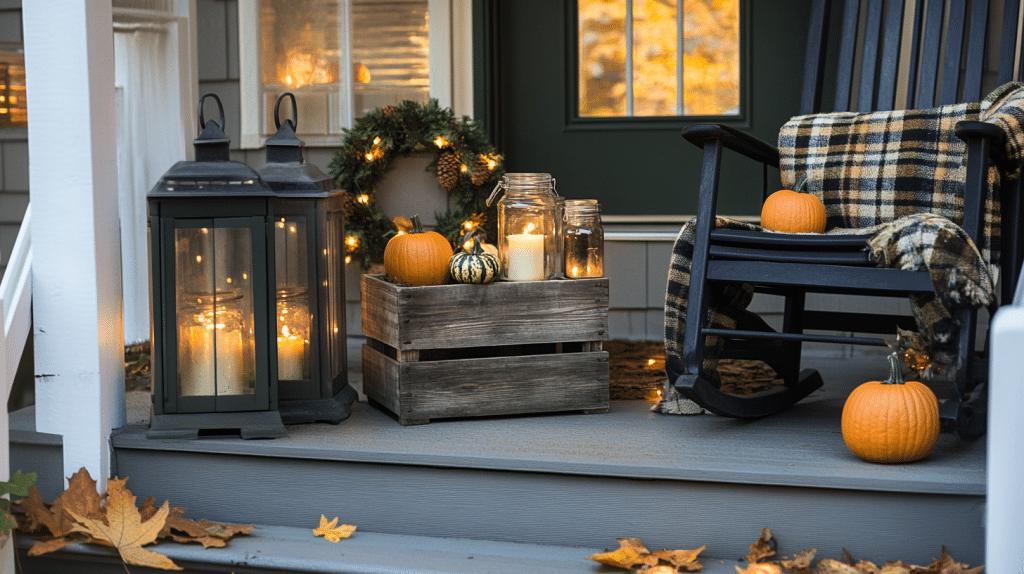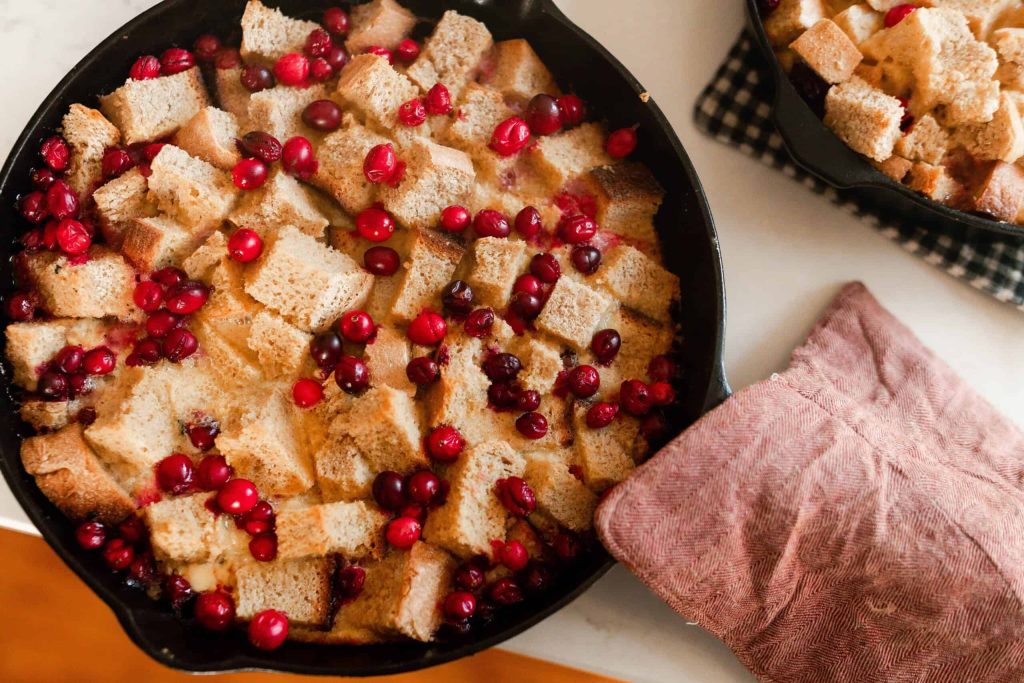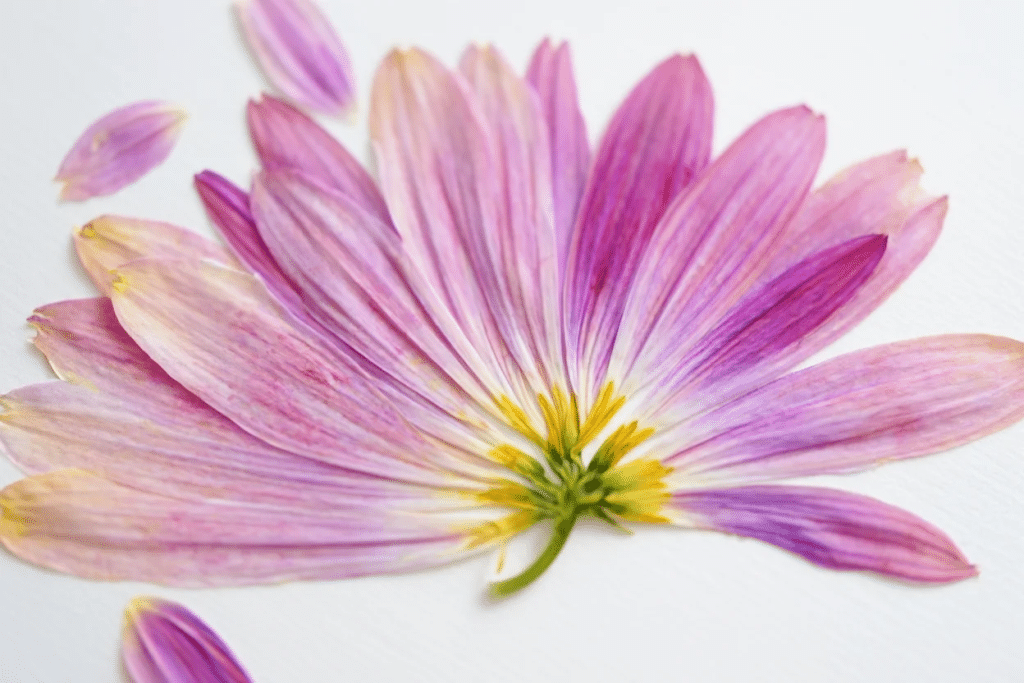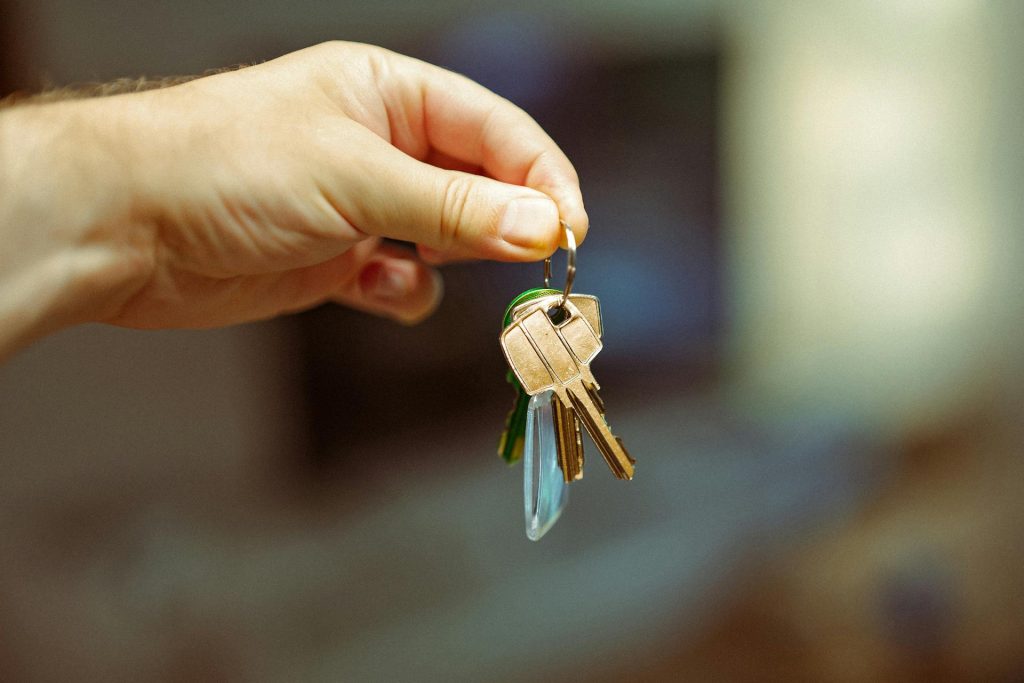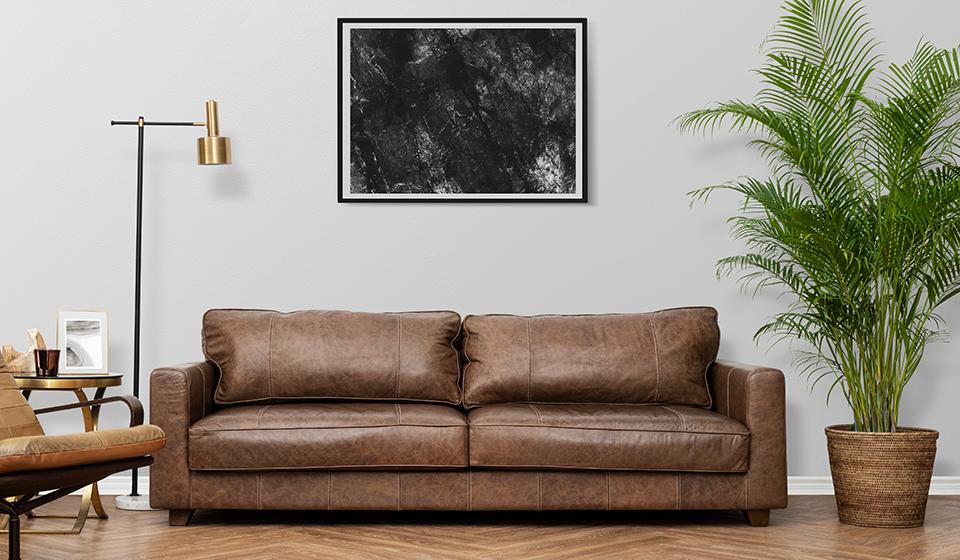You’re standing in your garden, staring at your pepper plants, watering can in hand. They look a bit droopy, but you watered them just yesterday. Or was it two days ago?
Most home gardeners struggle with this exact dilemma. Too much water can cause root rot in your peppers.
Too little and they’ll wilt faster than your motivation on a Monday morning.
You’re probably wondering how often to water pepper plants without turning into a helicopter plant parent. Well, you’re in the right place.
Understanding the Water Needs of Pepper Plants
Pepper plants require the optimal amount of water to grow well and produce healthy peppers. Too much or too little water can hurt the plant.
If the plant doesn’t get enough water, the leaves may wilt, and the peppers may be small. If you water too much, the roots can rot. It’s essential to water just enough, taking into account the weather, soil type, and the plant’s location.
Factors that determine pepper plant watering frequency
- Soil type: Sandy soil dries fast, clay soil holds water longer
- Plant size and age: Young plants need less water than full-grown ones
- Weather and heat: Hot, dry days need more water
- Rainfall: Natural rain may reduce how much you need to water
- Wind: Windy areas dry out the soil faster
- Container or garden: Plants in pots dry out faster than those in the ground
The Straight Story on How Often to Water Pepper Plants
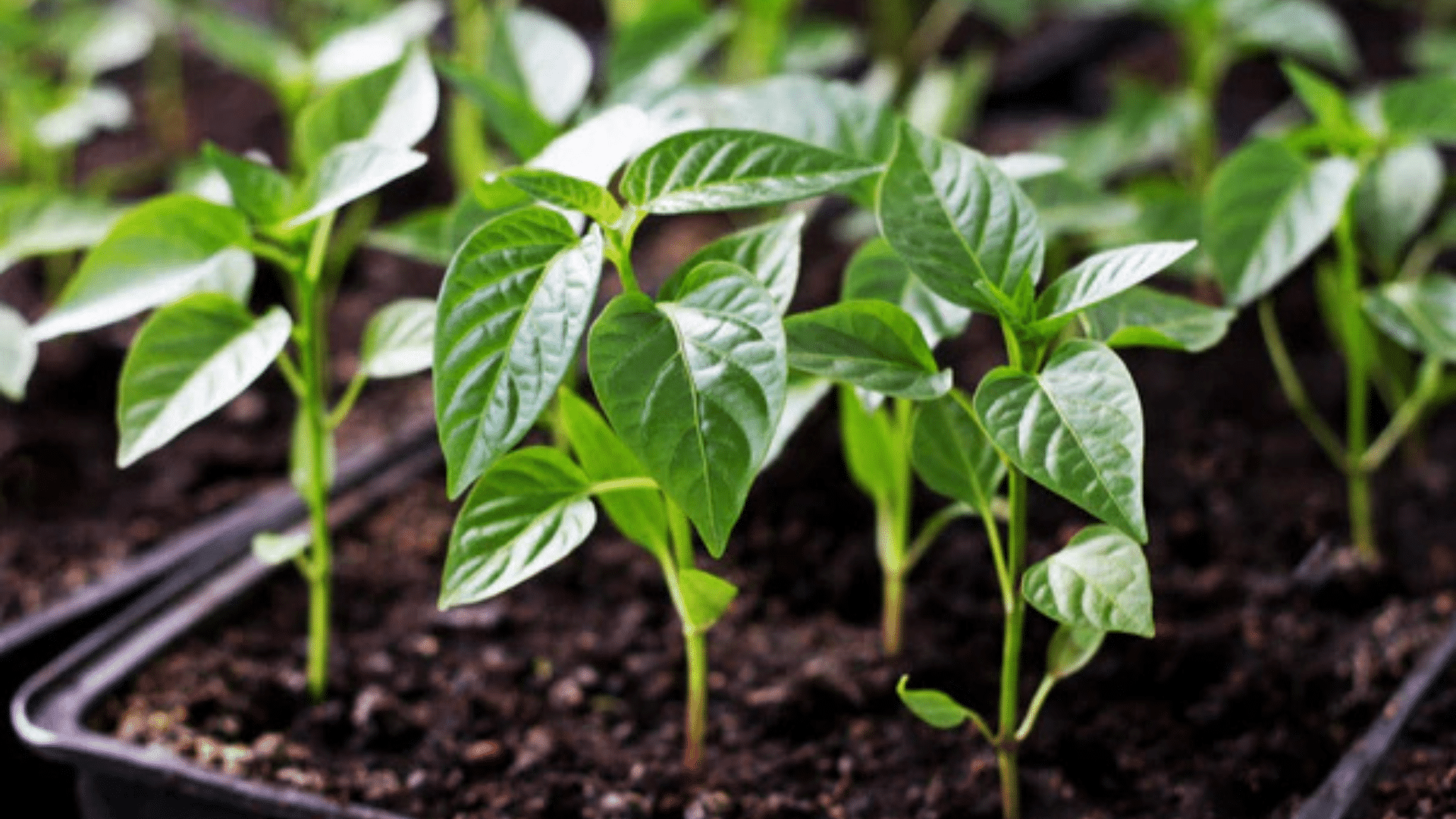
Pepper plants typically require 1 to 2 inches of water per week, depending on the prevailing weather conditions. It’s better to water deeply a few times a week than to water a little every day. Always check the soil first; if the top inch feels dry, it’s time to water.
| Plant Stage / Condition | How Often to Water | Tips |
|---|---|---|
| Seedlings | Every 1–2 days | Keep soil moist, not soggy |
| Mature Plants (normal) | 2–3 times per week | Water deeply to encourage strong roots |
| Hot Weather | May need daily watering | Check the soil often, especially during heat waves |
| Rainy Conditions | Reduce watering | Skip watering if the soil is already moist |
| Best Time to Water | Early morning | Helps prevent fungus and allows leaves to dry |
| Check Soil | Finger test (1 inch deep) | Water if the soil feels dry at that depth |
| Watering Method | At the base of the plant | Avoid wetting the leaves to prevent disease |
Regional Considerations Across the USA
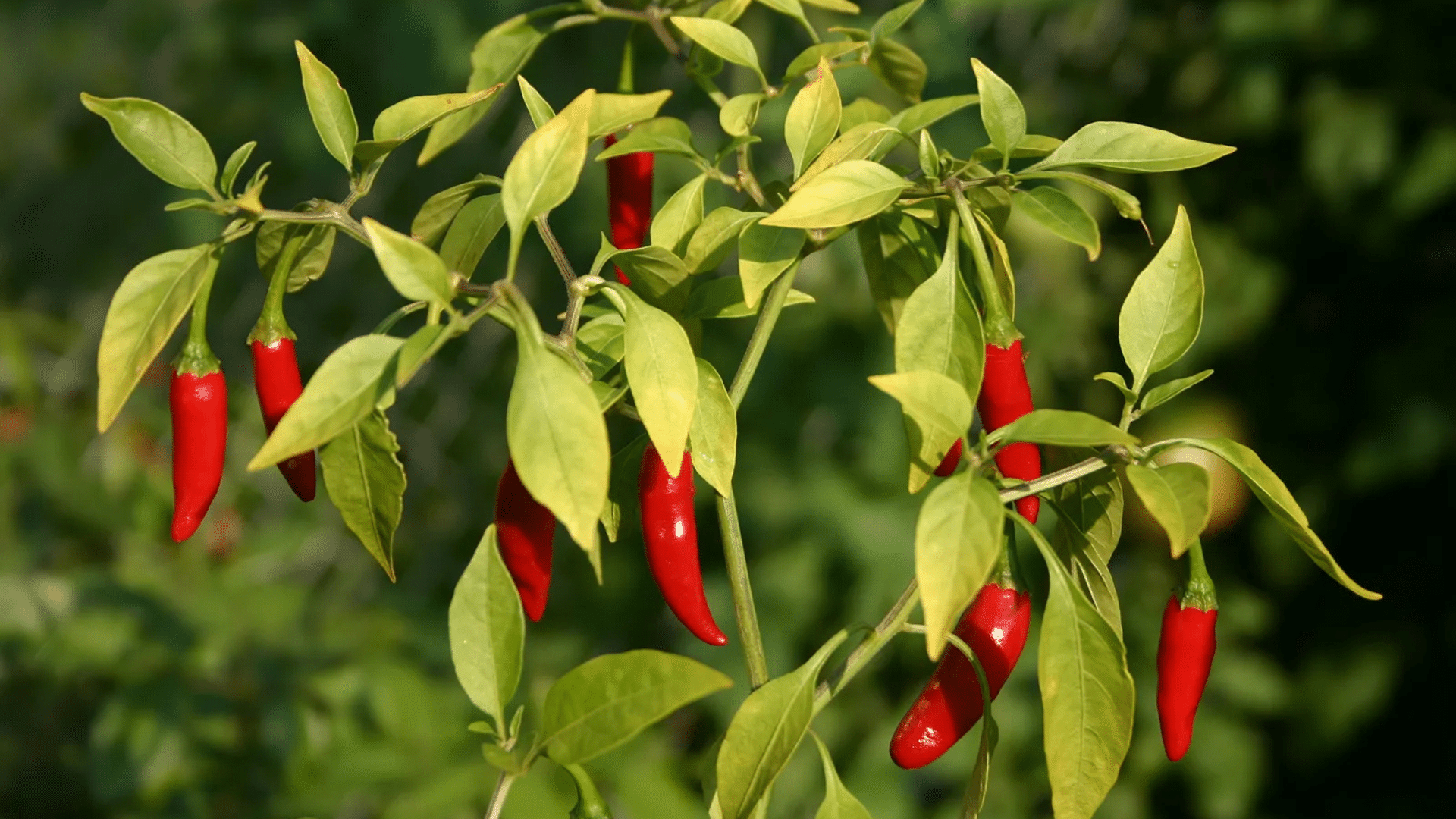
Different parts of the U.S. have varying weather conditions, which affect how often to water pepper plants. Here’s a simple guide by region:
Northeast & Midwest
Summers are warm with regular rainfall, so water pepper plants about once or twice a week. During heatwaves, increase as needed. Cool nights slow soil drying, so check moisture before watering.
Avoid overwatering, especially during the early season.
Southeast (Florida, Georgia, etc.)
Hot, humid weather and frequent rain mean you may not need to water often. Always check the soil first.
Ensure the soil drains well, as soggy conditions can lead to root rot and fungal problems in peppers.
Southwest (Arizona, New Mexico, etc.)
Extreme heat and dry air call for daily or every-other-day watering. Soil dries out quickly under intense sun.
Use mulch to help retain moisture and prevent plants from drying out too fast.
Pacific Northwest (Oregon, Washington, etc.)
Cool, rainy springs mean less watering, maybe once a week or less. Overwatering is a common mistake here.
In late summer, as the weather warms up, check the soil more frequently and adjust watering as needed.
California
With warm, dry summers and drought conditions, water 2–3 times per week using deep watering methods.
Mulch and drip irrigation are recommended to keep the soil moist while conserving water.
Mountain Regions (Colorado, Utah, etc.)
Dry air, intense sunlight, and cool nights cause the soil to dry out quickly. Water 2–3 times a week, and check moisture often. Container-grown peppers may need more frequent watering due to faster evaporation.
Watering Techniques for Best Results
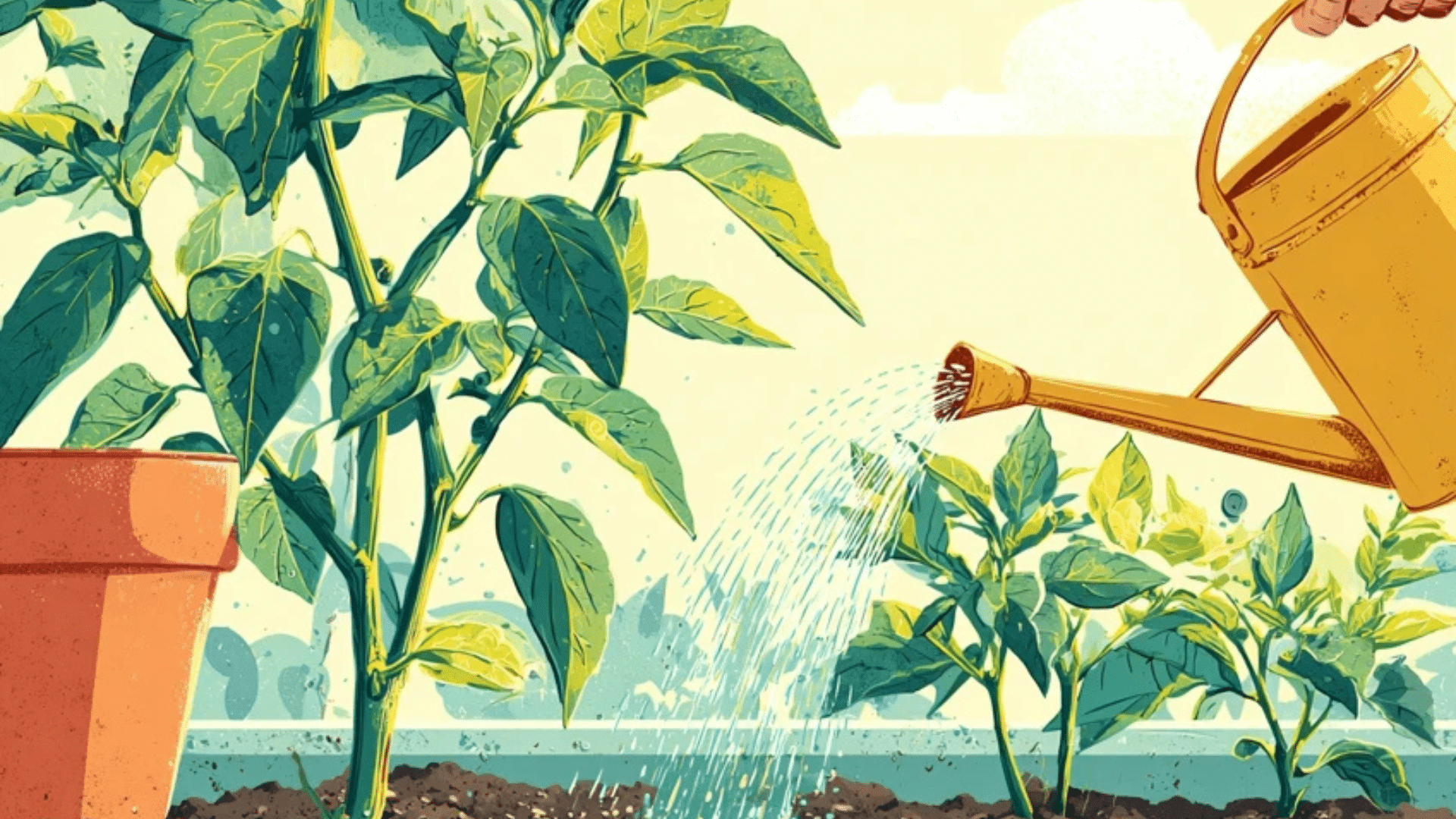
Knowing how often to water pepper plants is just part of the process; using the correct technique makes a big difference.
1. Deep Watering
Deep watering helps your pepper plants develop strong roots by soaking the soil well below the surface. It’s not about watering often, but watering thoroughly when you do.
This method works best in garden beds or large containers. Always check how deep the water has risen to ensure it’s sufficient.
Steps:
- Use a watering can or hose with a slow, steady stream.
- Water around the base of the plant for 3–5 minutes.
- Insert a stick or finger to check the soil moisture at a depth of 6 inches.
- Repeat every few days, depending on the level of heat and dryness.
2. Drip Irrigation
Drip irrigation provides pepper plants with a steady, slow supply of water directly at the roots. It saves time and water, especially useful in dry or extensive gardens.
Since it doesn’t wet the leaves, it also lowers the chance of disease. A timer makes it even easier to stay on schedule.
Steps:
- Lay out drip lines so each plant has an emitter near its base.
- Connect the tubing to a water source or faucet.
- Use a timer to run the system for 20–30 minutes in the morning.
- Check emitters weekly to ensure even flow and no clogging.
3. Soaker Hose
Soaker hoses slowly release water along their length, keeping the soil moist without flooding. This is great for rows of pepper plants or raised beds.
It waters evenly and quietly, without splashing. It’s a simple setup that works well when paired with mulch.
Steps:
- Snake the soaker hose along the row of pepper plants.
- Please attach it to a garden hose and turn the water on to a low setting.
- Let it run for 30–40 minutes until the soil is moist.
- Move or adjust the hose as plants grow to cover all root zones.
4. Bottom Watering (for Containers)
Bottom watering pulls moisture up through the drainage holes, letting the soil absorb only what it needs. It helps avoid overwatering and encourages roots to grow downward.
This is especially good for small or indoor containers. It also keeps leaves dry and healthy.
Steps:
- Fill a tray or shallow bin with 1–2 inches of water.
- Place the plant pot (with holes) into the tray.
- Let it sit for 15–30 minutes, then remove it.
- Let any excess water drain before replacing the pot.
5. Mulching
Mulch keeps the soil cool, moist, and less likely to dry out quickly in the sun. It also blocks weeds and protects the roots from temperature swings.
Use mulch after watering to lock in the moisture. This is especially helpful in hot or windy areas.
Steps:
- Choose mulch options such as straw, bark, or compost (avoid using fresh grass clippings).
- Spread a 2–3 inch layer around the base of each plant.
- Keep mulch about 1 inch away from the plant stem.
- Check every few weeks and refill if it starts to break down.
Common Mistakes to Avoid While Watering Your Pepper Plants
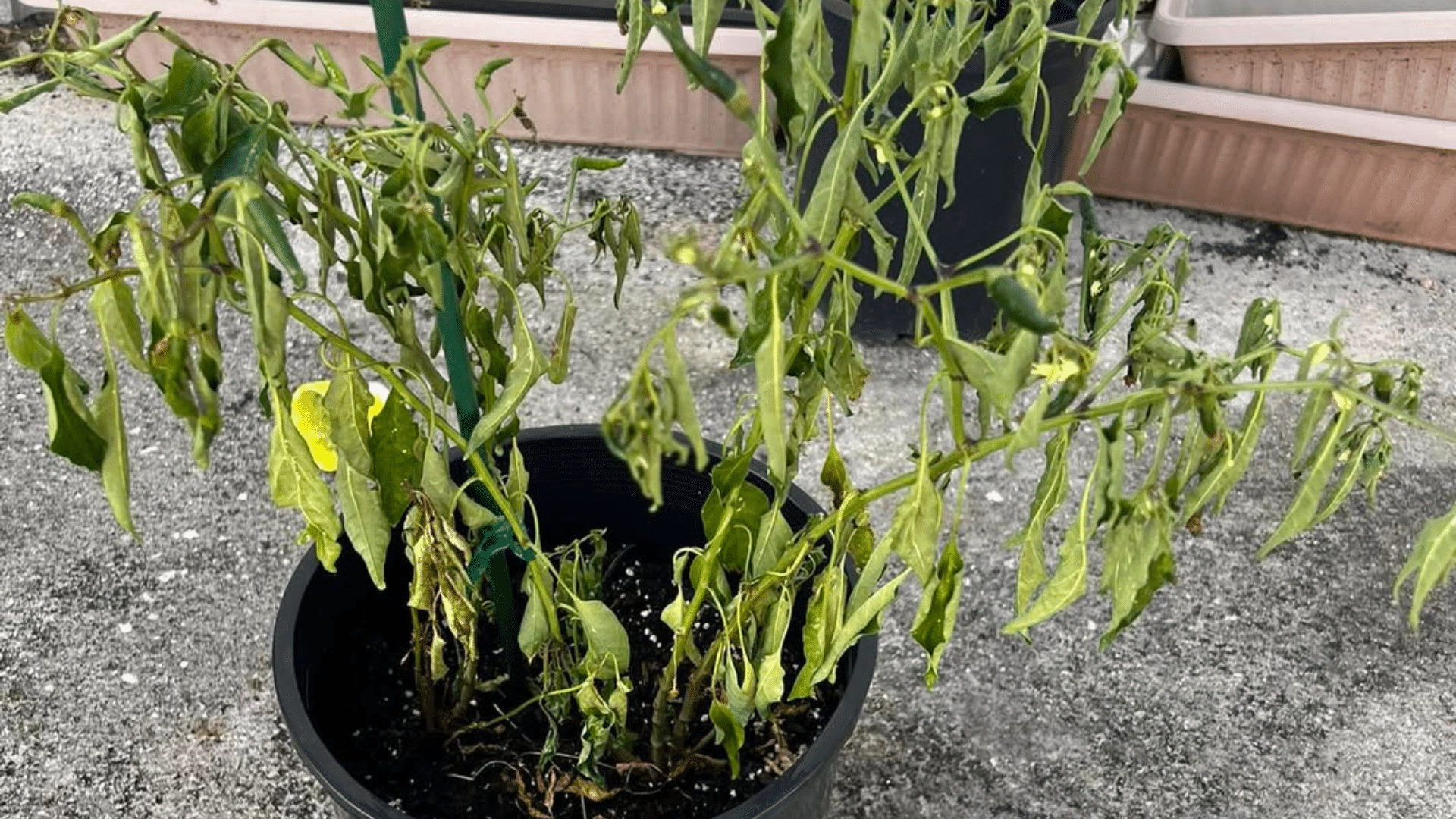
Even with the best intentions, it’s easy to make a few watering mistakes that can hurt your pepper plants.
Overwatering, poor timing, or improper watering habits can lead to weak roots, disease, or even the death of plants. Knowing what to avoid can help your peppers stay healthy and productive throughout the entire season.
- Overwatering Plants: Giving your peppers too much water can cause the roots to drown, leading to root rot. The soil should feel moist, not soggy. Always check if the top inch of soil is dry before watering again.
- Watering the Leaves Instead of the Soil: Spraying water over the whole plant may seem fine, but wet leaves can attract fungus and mildew. Always water at the base of the plant so the roots get what they need without risking disease.
- Watering Too Often in Small Amounts: Frequent shallow watering keeps the roots near the surface, making the plant susceptible to weakness. Instead, water deeply but less often so the roots grow down into the soil where it’s cooler and more stable.
- Ignoring the Weather Conditions: Watering on a rainy day or skipping watering during a hot, dry spell can be both harmful. Adjust your watering schedule regularly based on the weather; use less water during periods of rain and more during heat waves.
- Poor Drainage in Containers or Beds: If water can’t drain out of the soil, it will sit around the roots and cause rot. Make sure containers have holes and garden beds have loose, well-drained soil. Avoid using heavy, compacted soil.
Bottom Line
So, there you have it, figuring out how often to water pepper plants doesn’t have to be rocket science. Check that soil with your finger, and when it’s dry an inch down, it’s time to water. Your peppers will thank you for it!
Remember, consistency beats perfection every time. Some weeks, you’ll water twice; others, maybe just once. That’s normal.
Did you learn something new? Let us know your favorite part in comments below!




